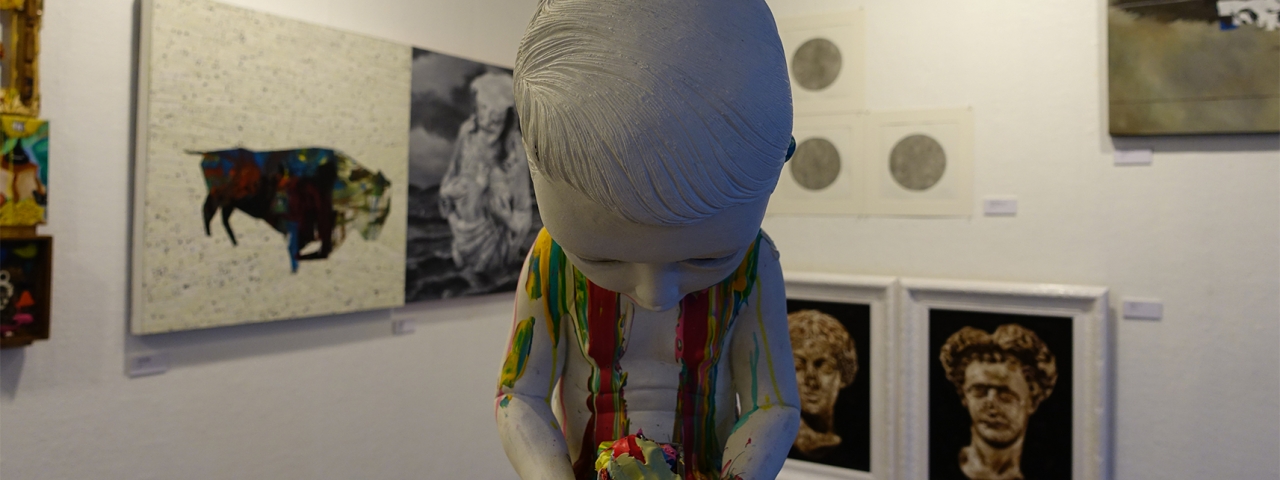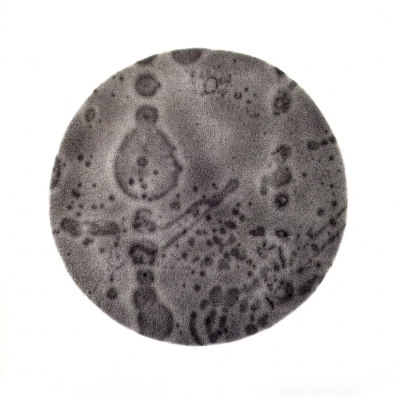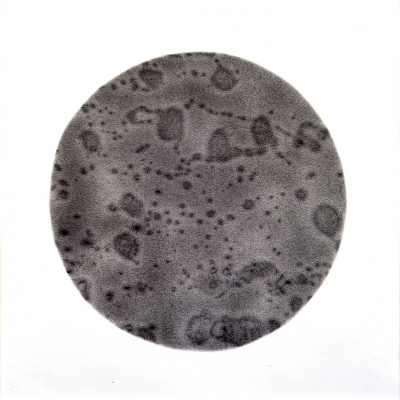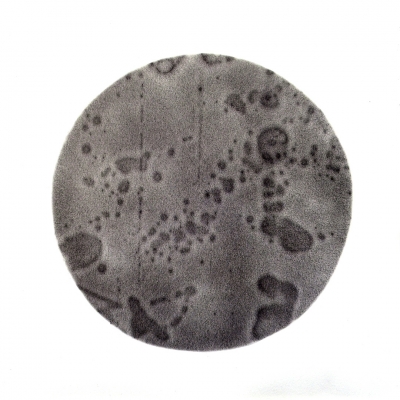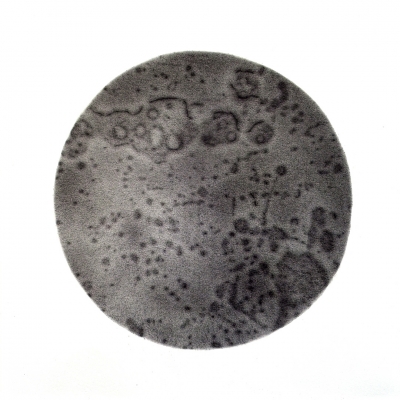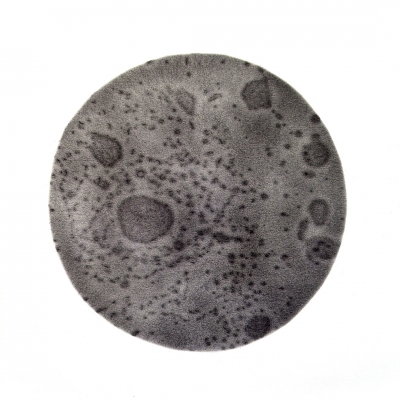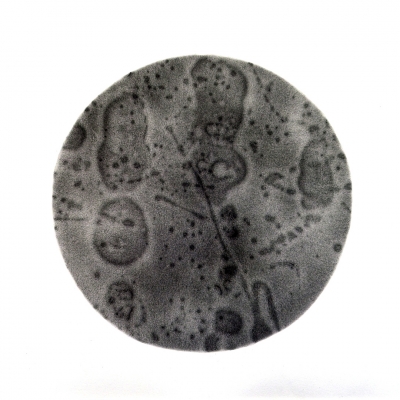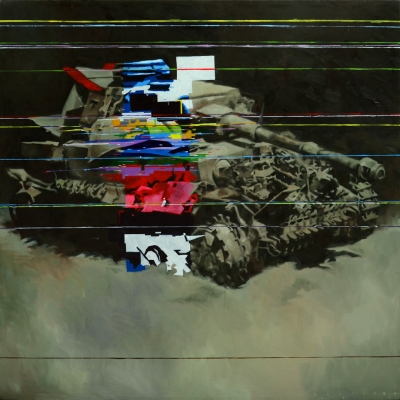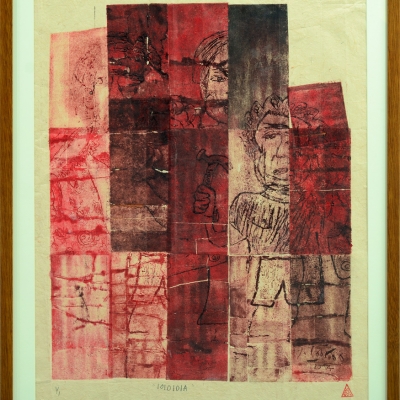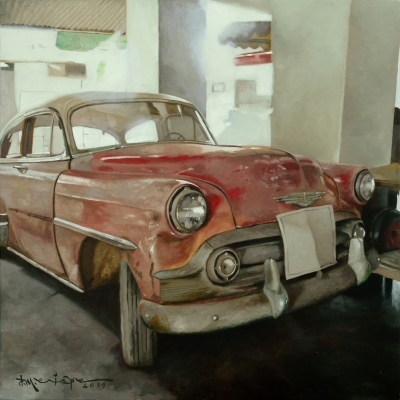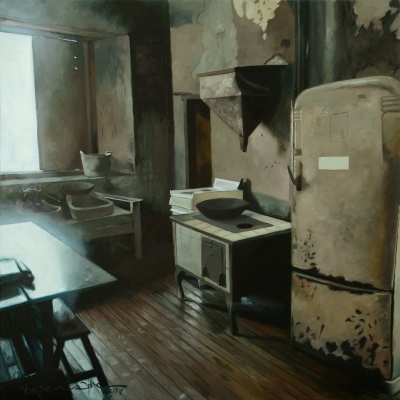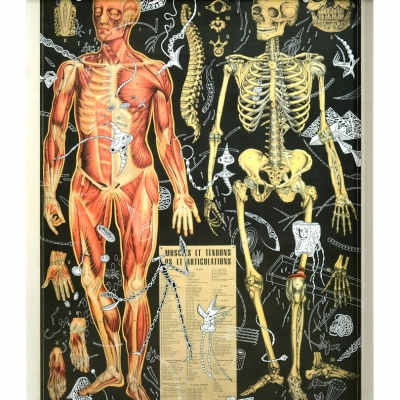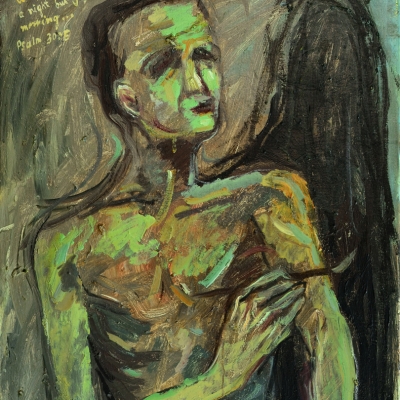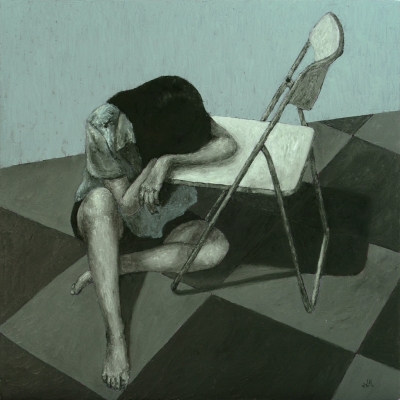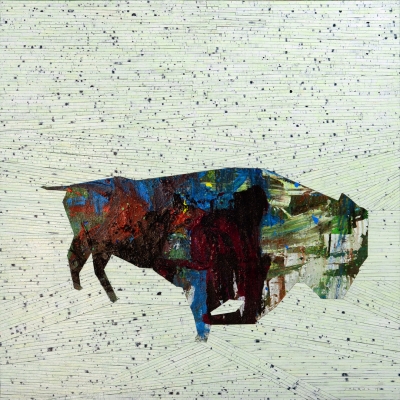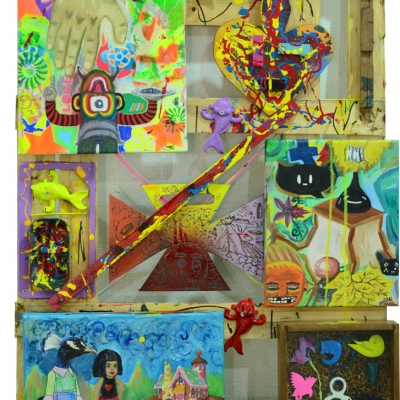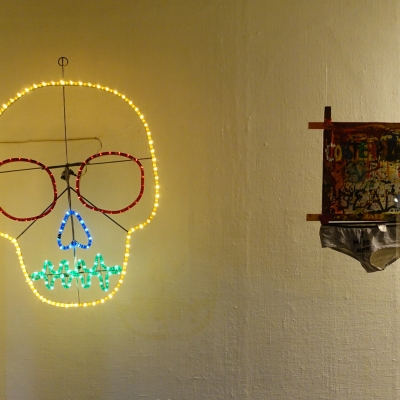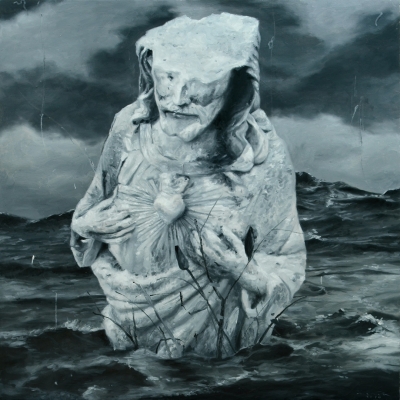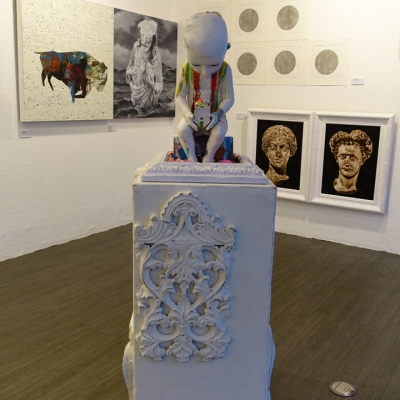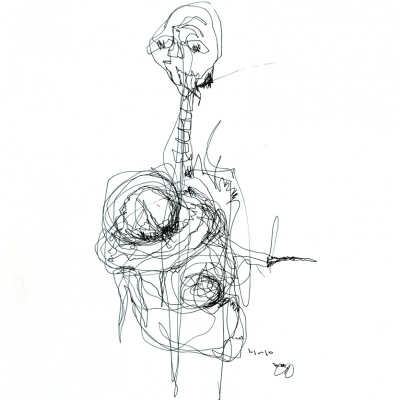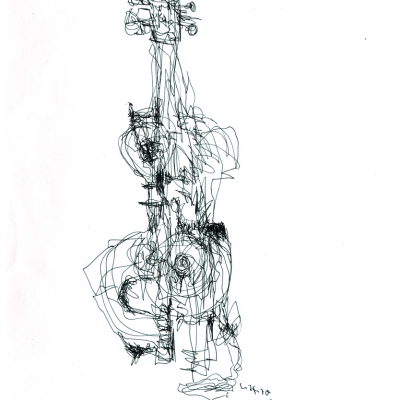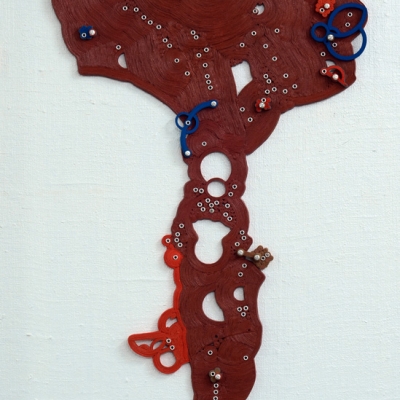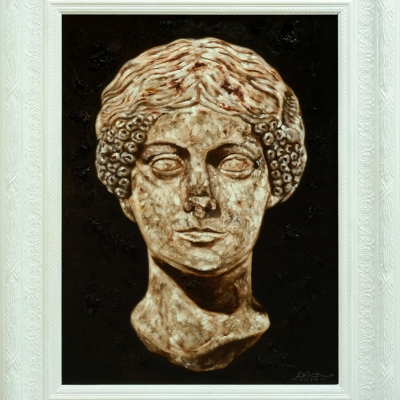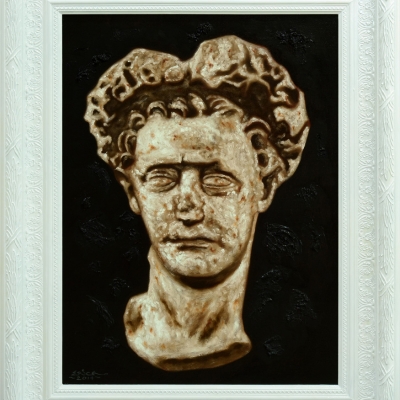Interval connotes the space between two objects, a necessary pause, or the turning point from wherean event will break off from its usual flow to gain a new rhythm. Such is what this exhibit, organizedand curated by Lynyrd Paras for West Gallery, proposes: a moment of change.
While others may think that it has to be instantaneous to create lasting impact, it is the slow, quiet change that unequivocally transforms. It may start with a murmur, a movement in the deep, hidden layers, a brief implosion.These tremors, accumulated through time, are what will finally alter the landscape. Before you know it,the world in front of you has been remade. Corollary, this is the kind of subtle force with which the artists, all alumni of Technological University of the Philippines (TUP), have overtaken Philippine visual arts. They quietly produced works in studios (which they sometimes shared) and exhibited their works without fanfare. Most of them were self-effacing and spoke little and yet there was no arguing that confidence blazed in their works. While other artists were problematizing about material and subject, they were at it, enacting theory through practice. In 2010, they came together for the tour de force exhibition, aptly titled Implode, at the Cultural Center of the Philippines and the art world was never the same again. Now, if you say that some of the most talented and most energetic artists come from TUP, you will be accused of stating the obvious. How they got to where they are now will be a good subject for art historians to ponder. What will prove to be the slippery slope is contextualizing the talent and energy into one nifty narrative.
This exhibit, however, will confound the attempt even further. For if one is to pinpoint the particular strength of TUP alumni artists, it’s that they are stylistically and thematically different from each other. Lexygius Calip and Eugene Jarque, while both intervening on the surface of the picture plane, use different materials and strategies in essaying the abstract. Thoroughly figurative and devoted to urban life, Neil Arvin Javier and Dex Fernandez reference divergent sources. While primitivistic in their execution of figures, Joey Cobcobo and Mark Andy Garcia are worlds-apart different interms of subject matter. One can’t link the lyrical objects of Lirio Salvador to the zoomorphic of Mac Valdezco even if they both use ordinary objects. Lynyrd Paras is a temperament all his own, juxtaposing portraiture with typography and the various symbols of everyday life. The same is also true for the up-and-coming artists for which the exhibit is indeed an interval: as a formal introduction to the art world. Keb Cerda juxtaposes the historical and the the technological, creating surprising connections between the two. Inspired by the art of photography, Dale Erispe captures ordinary people in haunting domestic settings. Johanna Helmuth, on the other, is interested in rendering figures as though in the verge of erasure and decomposition. John Marin focuses on classical elements, particularly the Gothic in the form of headless angels and goddesses strewn with butterflies. While not entirely surreal in his approach, Erick Villaruz paints scenes that are disquieting as they are familiar.
But if one has to hazard a guess, one remarkable similarity is that they are all thoroughly contemporary, fashioning bits and pieces of the self and the world through deliberate imagery and metamorphosis. Their chosen medium is what deflects light on them. They posit not speculative realms but actual, believable ones that are confronted with a gamut of responses: from melancholy to terror to violence. They are not afraid to turn their gaze towards destruction and decrepitude nor are they stricken with self-consciousness in celebrating mundane, perishable gifts. They despair and delight. And such range is what gives the viewer the necessary interval from life so that he can enter it once again with a new pair of eyes.

